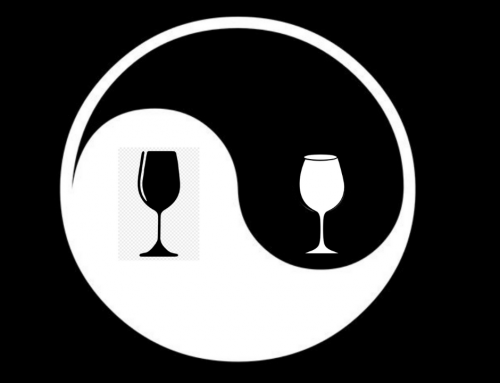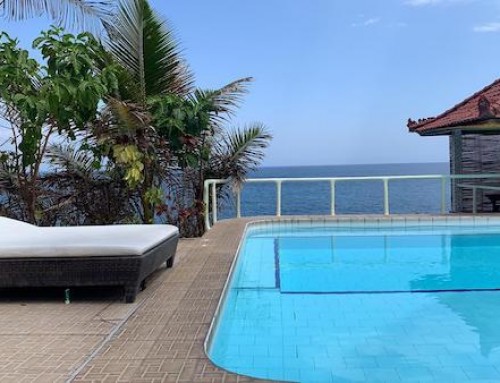Do we need a revolution?
With chronic diseases in epidemic proportions throughout the world, we can either continue to do the same things (and get the same results) or do things in a different way, and get different results. Hopefully, these are the positive changes we all want to see and experience.
“Without a revolution in consciousness, tomorrow will be exactly as today..” – Jiddu Krishnamurti
In world of wellbeing, one needs to ask…
Will the revolution be green?
Here’s 4 examples of how revolutionary greens are:
- Green foods are sustainable, accessible, relatively inexpensive and tap into the essence of existence itself!!
- Growing greens purifies the environment.
- Some of our green friends may even provide energy solutions in this time of peak oil.
- Greens optimise “Detox” and support radical improvement in well being, providing increased energy levels and more radiant good health!
Hail Chlorophyll!!
The green of green foods is due to chlorophyll, the remarkable molecule responsible for photosynthesis.
Chlorophyll is why plants can transform sunlight into usable organic energy, which fuels life on earth!!
Photosynthesis is the process responsible for converting carbon dioxide into oxygen, as well as creating energy from the sun. Essentially, chlorophyll is the molecule that enables us to breathe and eat.
Chlorophyll is like plant’s blood.
Remarkably chlorophyll’s molecular structure is the almost identical to that of haemoglobin, which is the oxygen carrier molecule in animal blood. The major difference between the two is that chlorophyll has a magnesium atom at its core, where as hemoglobin has iron. When we consume greens we’re consuming chlorophyll, providing us with magnesium, as well as building blocks for hemoglobin.
Chlorophyll has been used in conventional medicine as ‘stabilized chlorophyll’ for many years.
Replacing the magnesium atom with copper and sodium preserves chlorophyll, which is used in debridement of ulcers and wounds. Recent clinical studies in China suggest it has positive therapeutic effect in treating leucopenia. Scientific studies using rainbow trout livers, are pointing towards chlorophyll having anti-carcinogenic and antioxidant capabilities.
“Where do I get chlorophyll?”
Glad you asked.
Chlorophyll is in all green plants. Traditional sources of chlorophyll include leafy green vegetables and alfalfa, and are recommended as a component of a health maintenance program.
Natural sources of chlorophyll are very beneficial during a “detox”. Greens support numerous detoxification pathways, promote alkalinity and nourish the body. Ascertain which greens optimise your system by trying them and see which ones feel right for your body.
Greens are certainly not one size fits all.
Grasses
The grasses, like barley, oat, alfalfa, spelt and wheat grass, are a wonderful source of green power. Ann Wigmore popularised wheatgrass juice within the Hippocrates healing approach of the 1970s.
Wigmore credited drinking wheatgrass juice with getting rid of her grey hair!
Eating grass provides virtually no nutrition, because human stomachs cannot digest cellulose fibre and release it’s goodness.
Cows know. They ruminate to access this goodness.
Interestingly pasture-fed beef has a healthier fatty acids profile than grain-fed cattle. Simply chewing on fresh grass will release the vital goodness contained within.
A client, who is an organic dairy farmer, swears chewing lucerne (alfalfa grass) is what keeps him well in the cold of winter when everyone around him is falling prey to the flu. Dr Bernard Jenson was a huge supporter of alfalfa for his bowel whole body cleanses.
The goodness of grass is best released when cut and immediately squeezed through a compressing juicer. Grass juice is only viable for approximately 12 hours.
Drinking grass can be intense.
Some people feel sick or nauseous from wheat grass. Others report feeling instantly high and energised after one shot. If you are a grass juice virgin, start with a small shot alone or in vegetable juice, and gradually build up to 10-15ml a day.
Followed by a wedge of orange, a grass shot is the healthy slammer!
The gifts of algae
Perhaps the most exciting of all ‘greens’ are what are referred to as “algae”.
There are over 30,000 species of algae, which vary greatly in structure, colour and function. Seaweed, the nourishing multimineral matrix greens of the sea, is referred to as algae. As is Spirullina, “blue green algae”, although it is actually a cyanobacteria. Algae vary in their blend of plant and animal characteristics and are difficult to clearly categorise. Many do provide hope for future nutrition, given their rich nutritional offerings – perhaps a little less tasty…
Algae is a nutritious whole food that supports heavy metal detoxification, provides amino acids, vitamins, minerals and essential fatty acids in the body.
Whilst growing, algae cleans the water, requires minimal resources, is relatively inexpensive and promises an alternative energy source for future generations.
The future could be very green, or at least slimy, as not all algae are actually green. For example, the pink algae Dunaliella salina promises high levels of carotenes and heavy metal detoxification.
Perhaps the most beneficial green however, is the simple, single-celled green algae, chlorella (Chlorella pyrenoidosa). It contains the uppermost level of chlorophyll (28.9 g/kg) of any known plant on earth. Additionally, Chlorella contains specific plant chemicals that support the complex network of enzymatic reactions that make up the human detoxification system.
Organic Chlorella is a keystone in the Sparkle Wellness & Detox process.
About Detoxification
The body’s detoxification process is most concentrated in liver cells. It involves Phase I and Phase II enzymatic reactions. Phase I detoxification reactions change toxins that are non polar and non water-soluble into relatively polar, water-soluble compounds. These are often reactive compounds, typically more destructive than the original toxin. In healthy systems these toxins are quickly processed by the Phase II enzyme system, by adding a chemical group and enabling safe and easy excretion via urine and/or faeces.
For effective, safe removal of toxins from the body, both Phase I and Phase II detoxification pathways must remain functional and well balanced. If they aren’t, a build up of toxic intermediates can occur between the two phases, which can increase free radical levels and consequent damage.
Some researchers suggest chlorophyll acts by inhibiting the Phase I enzyme pathways, thus reducing any accumulation of destructive toxins. Chlorella, however also enhances Phase II enzyme pathways. It contains high levels of glutathione. The constant exposure to environmental and dietary toxins of contemporary life depletes the body’s stores of glutathione, making it a common deficiency. Glutathione is a potent detoxification molecule that plays a critical role in the Phase II detoxification pathway.
Whole foods, such as chlorella support detoxification by providing glutathione, and thereby reducing damage by toxic intermediates.
Greens are whole food supplements.
Chlorophyll works with numerous other factors, phyto-chemicals, co-enzymes, essential fatty acids, minerals, vitamins to effectuate cleansing and healing. Grass juices and specific algaes come with many co-nutrients to support the cleansing process.
There are so many reasons to go green.
This is one element of Sparkle Detox Course – a step-by-step, effective and safe, body tissue cleansing process designed by Naturopath Sally Mathrick. If you haven’t already, join Sparkle Detox. You’ll have life-time access to wholistic, doable, ‘delicious-with-benefits’ practices to keep your precious body-mind healthy, fresh and vital. JOIN NOW
Copyright Sally Mathrick Sound Medicine. Please cite www.sparklewell.com.au if using this information. Sprinkle the sparkle around.
Copyright Sally Mathrick – please cite www.sparklewell.com.au if using this information
Written Oct 2008 and previously published in Wellbeing Australia issue #119







